March is an exciting time in the garden. The birds sing, the borders become more colorful every day as trees and shrubs break bud, spring bulbs open up in the gentle sunshine and the greenhouse goes into full production. Finally we feel we can start really
gardening again. Sharpen your pruners, find your hoe and get ready for some fresh air!
More regional garden guides
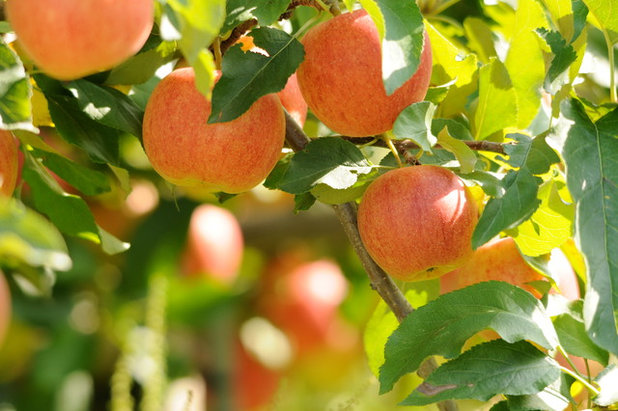
Putney Design
Plan for apple pie with proper pruning. I'm not sure if I love the apple blossoms or the actual apples more, but I do know that without proper pruning, the trees will not be as vigorous nor produce as much fruit as they could.
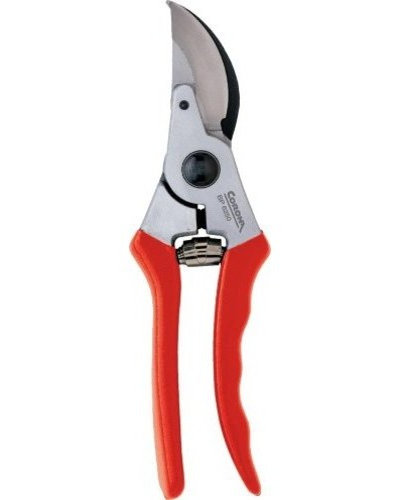
Corona Tools
1-Inch Bypass Pruner - $31.57
This is the last month to prune fruit trees, so sharpen those pruners. Entire books have been written on how to prune apple trees, but here are the basics of pruning a mature tree.
- Remove, dead, diseased or dying branches.
- Remove branches that are growing toward the trunk, straight up or straight down.
- Remove branches that are rubbing against each other.
- Thin out the canopy enough to allow light to filter through even after it has leafed out.
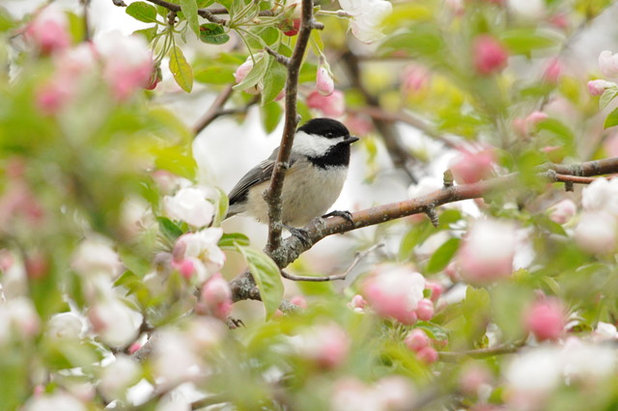
Putney Design
You will notice two distinct types of bud:
- Sharp, pointed ones, which become leaves and branches
- Fatter, darker buds, which form fruit
Is your mouth watering yet?
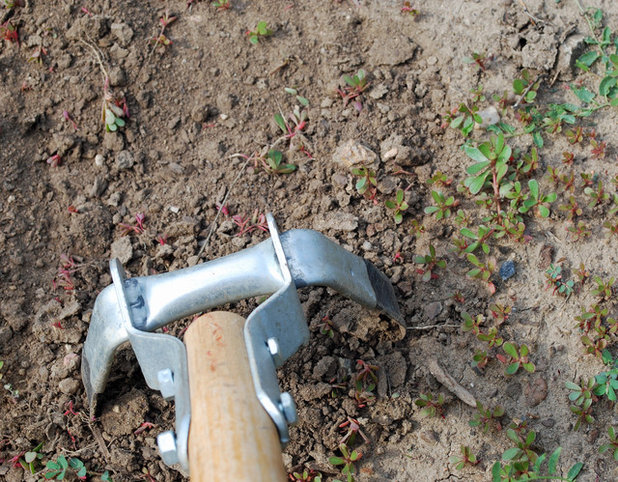
Jocelyn H. Chilvers
Watch out for weeds. It's a sad fact that weeds seem to be the fastest-growing plants in the garden this time of year. Be sure to spend some time each week removing them before they set seed.
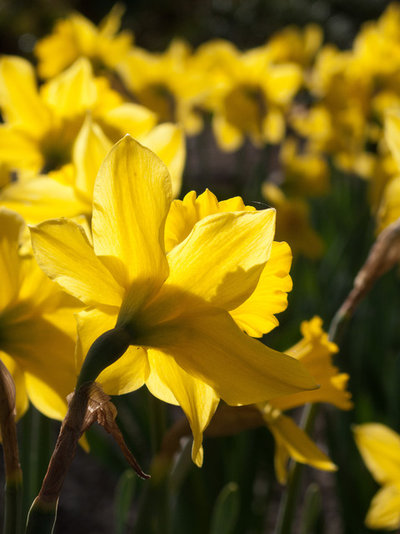
Le jardinet
Plan for next year's daffodils. After weeks of watching the stems get taller and the buds get fatter, we can finally see golden daffodils fill the garden. When the flowers have faded, cut off the dead blooms but leave the foliage to die down naturally, so that the bulbs will be even bigger and better next year.
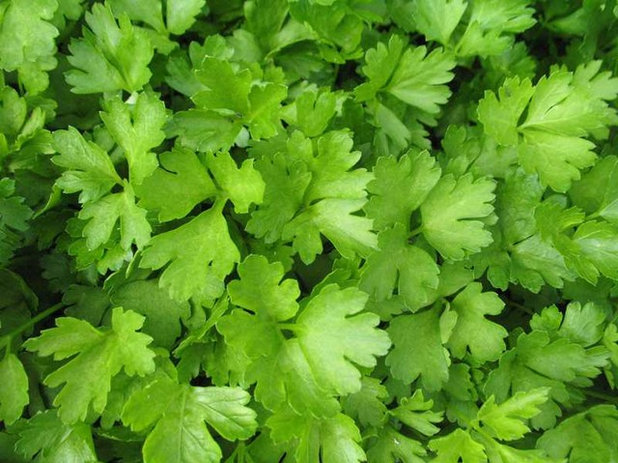
Missouri Botanical Garden
Sow your seeds. This is the main month for starting vegetables, herbs and summer annuals from seed. Milder areas probably got a jump-start in February, but experience has told me that I have to be patient until March arrives.
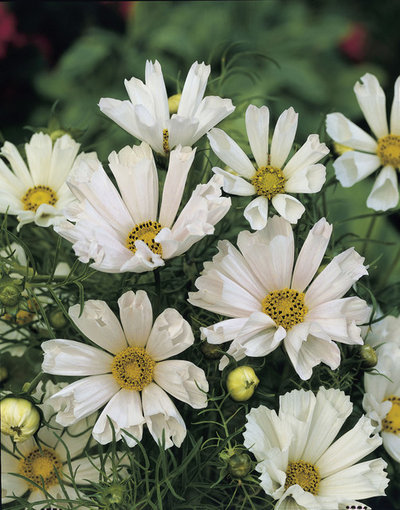
Renee's Garden
Check the seed packets. Read the seed packets to see what the ideal temperatures are for germination. I'll often use heat mats to give a gentle boost, but often a sunny windowsill will do. Start basil, parsley, lettuce, brassicas and hardy annuals such as cosmos (shown) and marigolds this way.
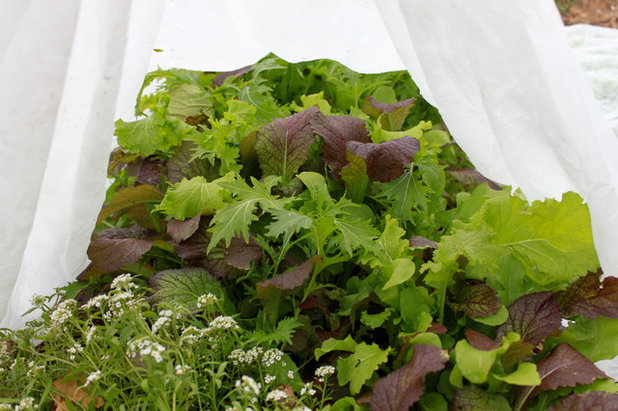
Niki Jabbour
Add protection for tender crops. Salad leaves and lettuces can also be grown outside in a cold frame or directly sown in the garden with protection from a floating row cover (shown), depending on your climate.
If you cover the soil with black plastic for a week or two prior to planting, it will be several degrees warmer and get your seeds off to an even faster start.
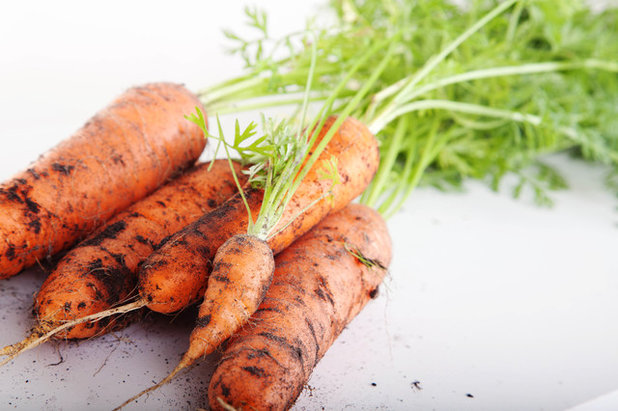
Laara Copley-Smith Garden & Landscape Design
Sow root crops outside. Root crops don't like disturbance and need to be sown directly into the ground. Carrots, parsnips and early beetroot are grown this way. Radishes are quick and easy too and will be ready to harvest in just a few weeks.
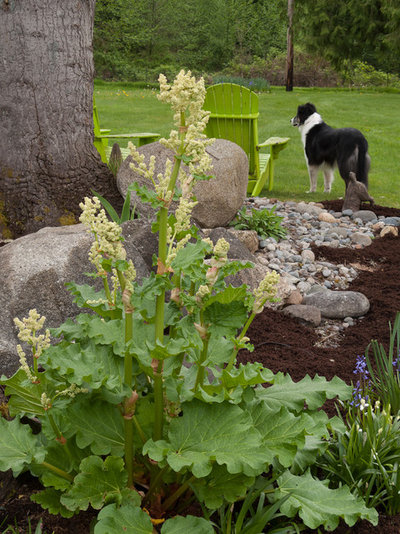
Le jardinet
Harvest rhubarb. We have a serious overabundance of rhubarb — or so my family tells me. Since rabbits and deer leave it alone, I include several clumps of it in the garden border for its ornamental value alone.
For the most part I harvest and freeze the stems from the end of this month through midsummer, but I also like to allow just one plant to go to seed. Who can resist this drama?
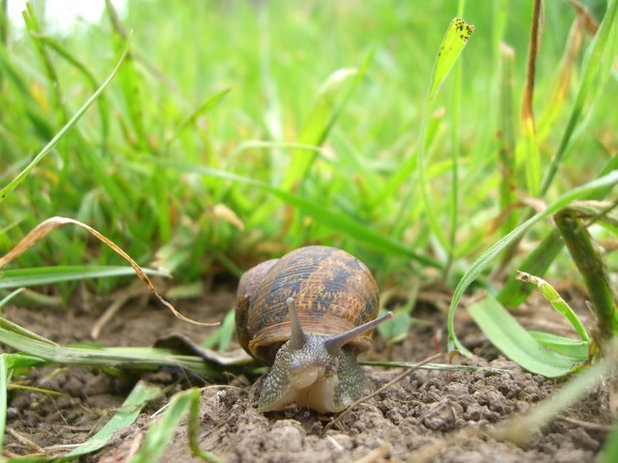 Battle the slugs.
Battle the slugs. It's time to take on these slimy garden visitors.
A well-meaning friend once suggested that I simply pick off the slugs and feed them to the birds. Sounds fair enough, doesn't it? Except she had a tiny pocket garden and I have 5 acres.
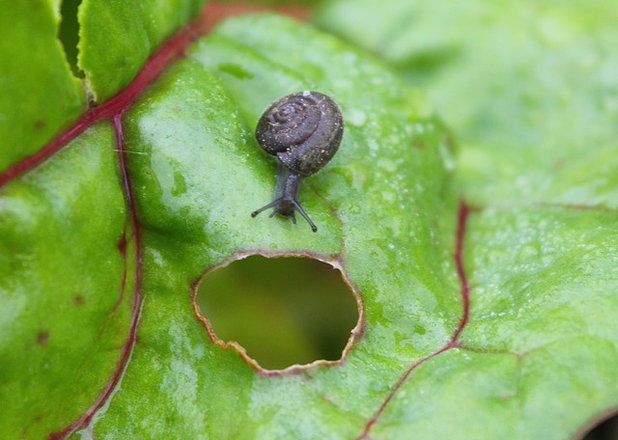
Niki Jabbour
My birds are well fed — trust me — but I get tired of playing hopscotch as I navigate my way from the back door to the vegetable garden trying not to step on all the slugs. I'm also more interested in feeding my family than the overstuffed robins, so I resort to organic slug control.
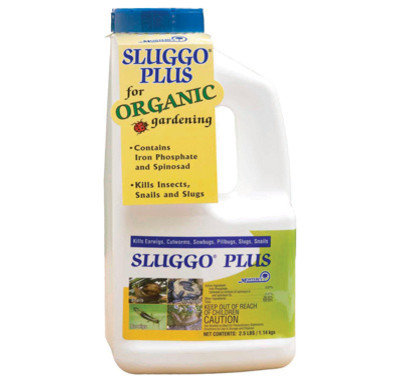
Amazon
Sluggo Plus Molluscicide - $25
My preferred method of slug control for ornamentals, edibles and containers is Sluggo Plus. It is safe around children and pets but kills slugs, snails, earwigs, pill bugs and other molluscs.
Sprinkling diatomaceous earth on the soil and setting beer traps are also popular methods for controlling slugs.
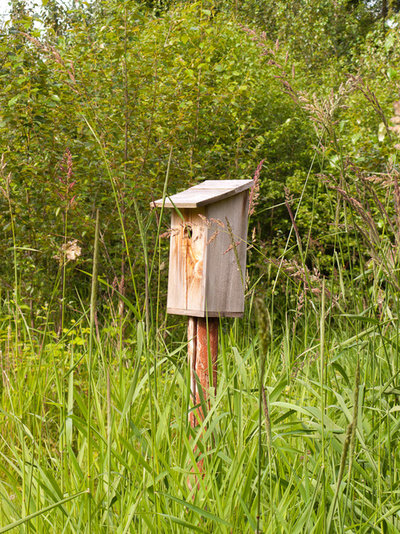
Le jardinet
Housekeeping for the birds. We love to encourage birds to visit our garden, especially swallows, which help keep the mosquito population under control. March is the time to clean out their nesting boxes, to get them ready for the new brood.
Are
you ready for spring? See more regional garden guides





